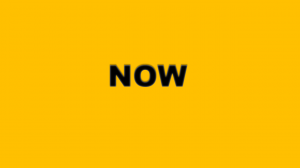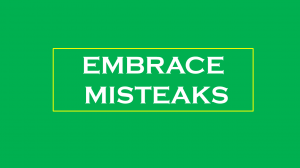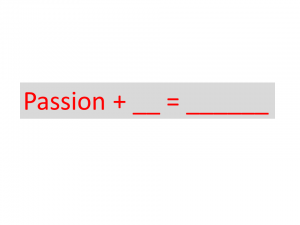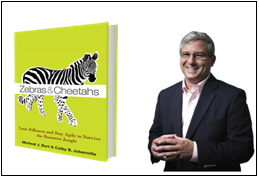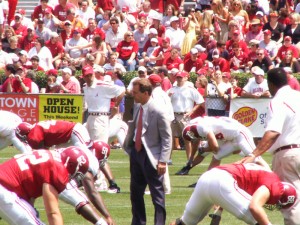 Image Credit: Pyrrhos Papadopolous, Creative Commons license
Image Credit: Pyrrhos Papadopolous, Creative Commons license
Let me begin by saying I am not a University of Alabama football fan. Not that I am a hater, but growing up a Mississippi State fan and going on to become an alumnus I came to loathe the Crimson Tide. My feelings were driven by one simple reason- Alabama regularly clobbered State in football. I had to get in that disclaimer just so my family and friends did not think I have changed allegiances!
Now, on to the question: Are you ready to win? Am I ready to win? I have to confess that my answer is not “yes” on a daily basis, but I am challenging myself to make a shift due to something I learned about the Alabama Crimson Tide. I read an article stating that Alabama had a streak of more than 50 consecutive games in which it was picked to win. Did they win them all? Of course not, but the popular wisdom that Alabama would win, whether the opponent was highly ranked or a relatively obscure team, was remarkable to me. Success was not a hope; it was a foregone conclusion.
Why Nick Saban Wins
My observations as a sports fan points to three reasons for this noteworthy run of elevating a brand to the pinnacle of its category:
1. Expectation – Success starts with a leader instilling a culture that demands excellence. Alabama has that nailed in the person of head coach Nick Saban. It’s one thing for fans expecting to win regularly, but the team has to take care of business on the field. Under Nick Saban, winning is not a hope-for-the-best outcome, it is an expectation.
2. Preparation – Winning does not happen because the oddsmakers predict it; Alabama wins because of Saban’s meticulous attention to detail. A popular sports adage is that players and teams perform in a game like they do in practice. You win on the practice field through self-improvement and commitment to teamwork.
3. Hunger – If there is one trait I do not like about Nick Saban is that he gives an outward appearance of not being too happy or joyful when Alabama wins. In part, that might relate back to the point about expectation to win. But, another explanation is that the Alabama program has a hunger to not just win in one season, but annually. I think one reason it is so difficult for teams in any sport to repeat as champions is that the hunger that drove them to success can dissipate or be hard to maintain.
Ready to Win?
Enough about football- what can you learn from this example to build the professional brand you aspire to have? First, expectation must replace hope, fate, serendipity, or other reliance on external outcomes shaping your destiny. Adopt a growth mindset in which you hold expectations of reaching goals.
Second, commit to preparation by pinpointing the weekly and daily activities you must undertake to meet your expectations. Just showing up doesn’t cut it- leave that to your competition. What are you going to do today to make yourself a better student, salesperson, teacher, engineer? It is the daily work done often out of view of others that has the greatest payoff later.
Third, check your appetite- are you hungry or are you just looking for someone to feed you? The latter is comfortable and makes you feel good for a while, but in the long run you will get hungry again because you have not met expectations for your own brand.
Set the expectations and do the work needed to meet expectations, all the while being driven by a hunger to advance and grow. You may never be given a championship trophy for your efforts, but your brand will benefit immeasurably.

